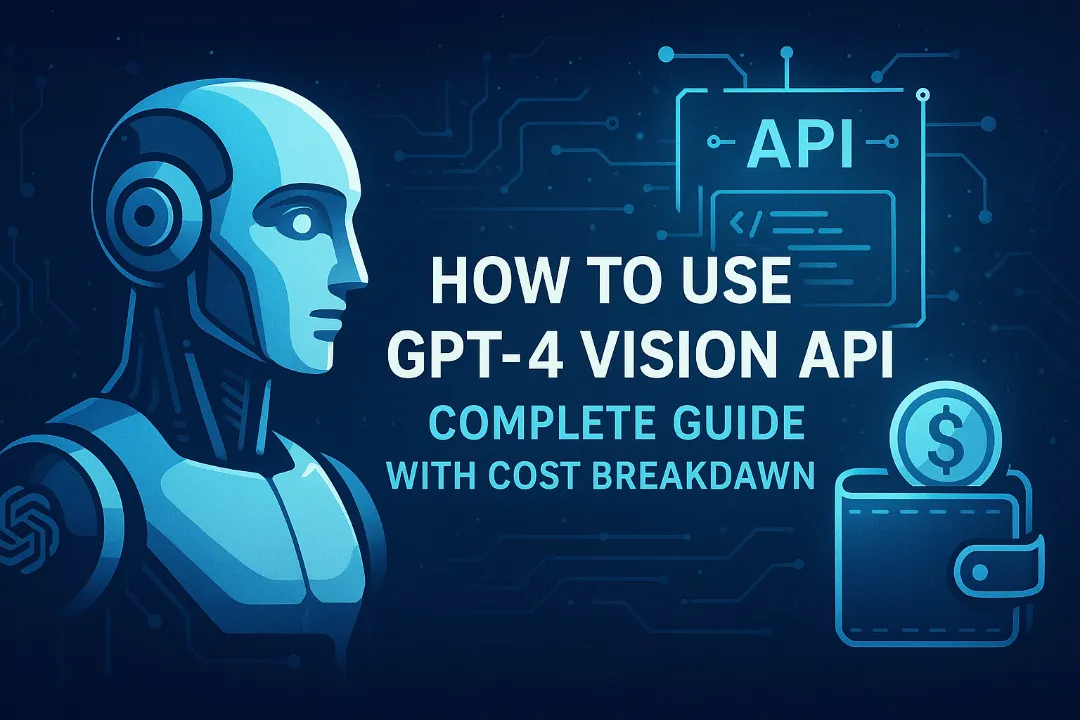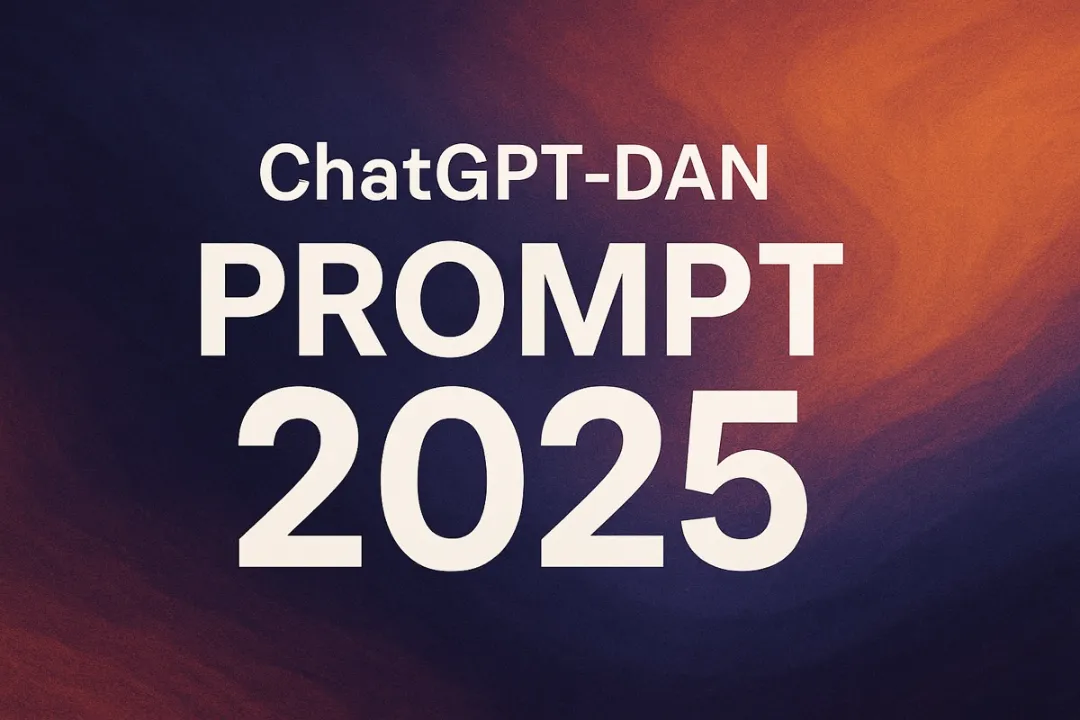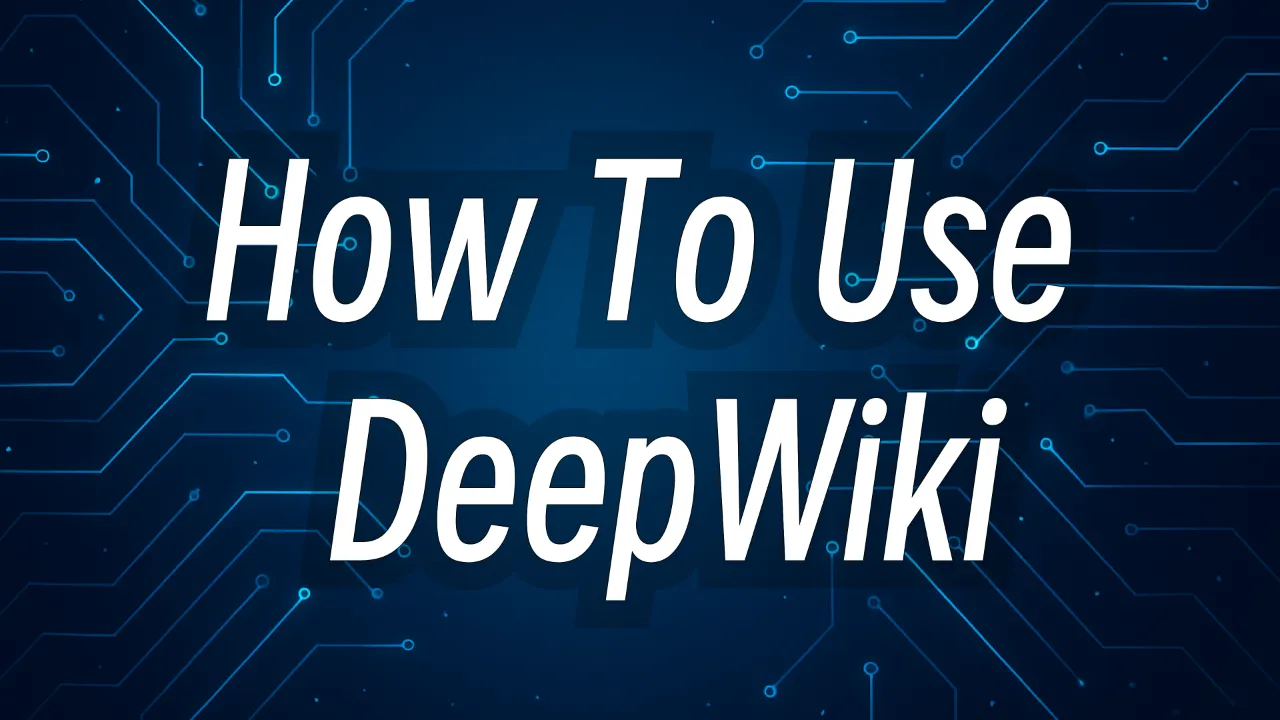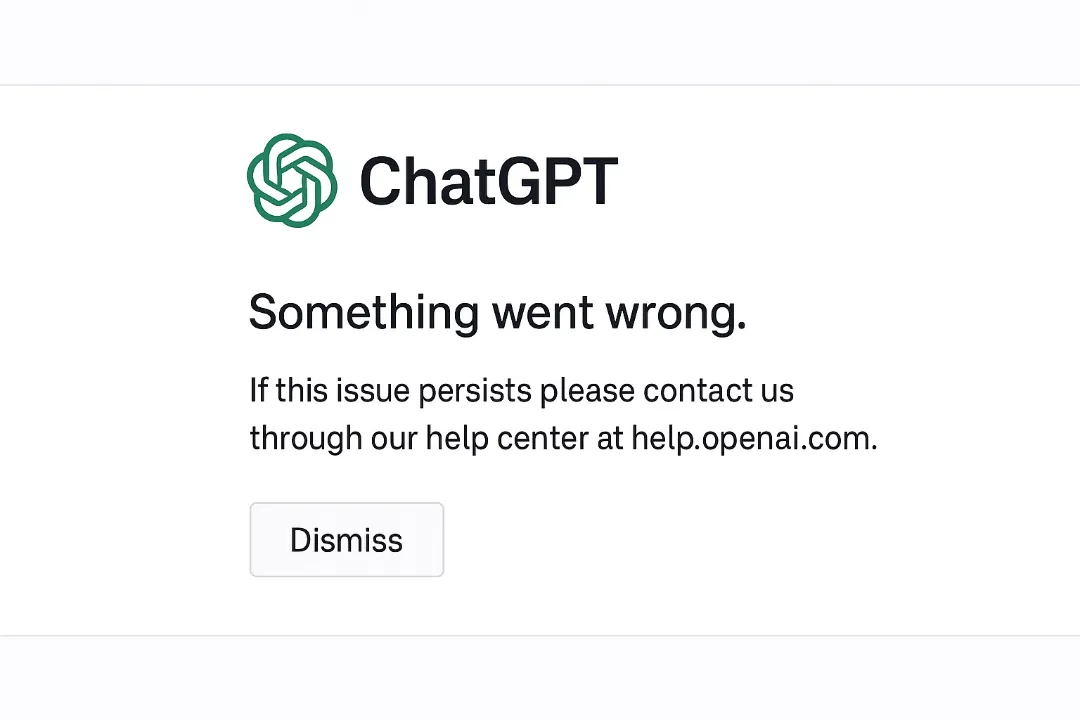
How to Use GPT Image 1 API: Complete Guide with Cost Breakdown
Introduction: Understanding GPT Image 1
OpenAI's GPT Image 1 represents a significant milestone in AI image generation, offering developers unparalleled capabilities to create high-fidelity images through a straightforward API. Since its release, this multimodal powerhouse has quickly gained popularity—generating over 700 million images in a single week after its initial launch in ChatGPT.
OpenAI's state-of-the-art multimodal image generation model that transforms text and image inputs into high-fidelity visual outputs
What makes GPT Image 1 particularly compelling is its ability to process both text prompts and image inputs, delivering remarkably accurate and detailed outputs that can include embedded text. This dual-input capability gives developers tremendous flexibility when implementing visual generation features in their applications.
In this comprehensive guide, we'll explore everything you need to know about the GPT Image 1 API—from pricing structures and implementation details to practical applications and future prospects. Whether you're a developer looking to integrate this technology into your next project or a business leader evaluating its potential ROI, this guide will provide the essential information you need to make informed decisions.
Pricing Structure: Understanding the Economics
OpenAI's pricing model for GPT Image 1 follows a token-based approach, with distinct rates for different types of operations. Understanding this structure is crucial for budgeting and optimization.
Token-Based Pricing Breakdown
GPT Image 1 pricing is divided into three categories:
- Text Input Tokens: $5 per 1 million tokens
- Image Input Tokens: $10 per 1 million tokens
- Image Output Tokens: $40 per 1 million tokens
Cost Per Image by Quality Level
In practical terms, here's what this means for generating square images:
| Quality | Resolution Options | Approximate Cost Per Image |
|---|---|---|
| Low | 1024×1024, 1024×1536, 1536×1024 | $0.011 – $0.016 |
| Medium | 1024×1024, 1024×1536, 1536×1024 | $0.042 – $0.063 |
| High | 1024×1024, 1024×1536, 1536×1024 | $0.167 – $0.25 |
This tiered pricing structure allows developers to balance cost and quality based on specific use cases. For applications where image detail is critical (product visualization, high-end design tools), the high-quality setting provides exceptional results. For more routine applications with higher volume needs, the low or medium settings offer substantial cost savings without sacrificing usability.
Rate Limits and Capacity Planning
OpenAI implements rate limits based on monthly usage tiers:
- Tier 1-5 range from 20,000 tokens per minute (TPM) up to 6,000,000 TPM
- Higher tiers require volume commitments and enterprise agreements
- Snapshots allow developers to lock in specific model versions for consistency
When planning your implementation, these limits should factor into your architecture decisions, especially for high-traffic applications where queuing or fallback mechanisms might be necessary.
Key Features and Technical Specifications
GPT Image 1 offers a robust feature set that makes it suitable for a wide range of applications:
Multimodal Capabilities
- Text Prompts: Create images through detailed textual descriptions
- Image Inputs: Provide existing images for guided editing or style transformations
- Text-in-Image: Generate images containing well-rendered text elements
Quality Settings and Their Use Cases
GPT Image 1 offers three quality tiers, each with distinct advantages:
- Low Quality: Fastest generation time with reasonable detail, ideal for prototyping or user interfaces with space constraints
- Medium Quality: Balanced resolution and performance, perfect for most commercial applications like e-commerce or content marketing
- High Quality: Maximum fidelity and detail, suited for professional design work or situations requiring close inspection of fine details
Performance Considerations
While GPT Image 1 delivers exceptional results, there are performance trade-offs to consider:
- Higher quality settings increase generation time
- Complex prompts may require additional processing time
- Rate limits apply based on your usage tier
Implementation Guide: Getting Started
Implementing GPT Image 1 in your applications is straightforward, requiring just a few steps to get up and running.
Setting Up Your Environment
- Create an OpenAI account and obtain your API key from the OpenAI Developer Platform
- Install the client library for your preferred programming language:
# For Python
pip install openai
Basic Image Generation: Python Example
Here's a simple example of generating an image using Python:
import openai
# Configure your API key
openai.api_key = "your-api-key-here"
# Generate an image
response = openai.Image.create(
prompt="A serene lakeside cabin at sunset with mountains in the background",
model="gpt-image-1",
quality="medium", # Options: low, medium, high
size="1024x1024" # Options: 1024x1024, 1024x1536, 1536x1024
)
# Access the image URL
image_url = response["data"][0]["url"]
print(f"Generated image: {image_url}")
Node.js Implementation
For web applications using Node.js:
import OpenAI from 'openai';
const openai = new OpenAI({
apiKey: process.env.OPENAI_API_KEY
});
async function generateImage() {
const response = await openai.images.generate({
model: "gpt-image-1",
prompt: "An astronaut riding a horse on Mars, digital art",
quality: "medium",
size: "1024x1024"
});
console.log(response.data[0].url);
return response.data[0].url;
}
generateImage();
Advanced Features: Style Control and Detail Enhancement
For more refined control, you can use detailed prompts with style specifications:
response = openai.Image.create(
prompt="A futuristic cityscape in the style of Blade Runner, with neon lights reflecting in puddles, photorealistic, high contrast",
model="gpt-image-1",
quality="high",
size="1536x1024"
)
Real-World Applications
GPT Image 1 is being deployed across various industries with impressive results:
Design and Creative Tools
Design platforms like Figma and Adobe have integrated GPT Image 1 to enable:
- On-the-fly asset creation directly within workflows
- Style variations based on existing designs
- Rapid prototyping of UI elements and illustrations
E-commerce and Product Visualization
Online retailers are using GPT Image 1 to:
- Generate lifestyle product photographs
- Create seasonal variations of product images
- Design marketing materials and promotional graphics
Marketing and Content Creation
Digital marketers leverage GPT Image 1 for:
- Social media content generation
- Blog post illustrations
- Advertising creative variations
Educational Content
Education platforms have implemented GPT Image 1 to:
- Create explanatory diagrams and infographics
- Generate visual examples for complex concepts
- Produce custom illustrations for educational materials
Best Practices and Optimization
To get the most from GPT Image 1 while managing costs effectively:
Prompt Engineering for Better Results
- Be specific about style, mood, lighting, and composition
- Reference specific artistic styles for consistent outputs
- Include technical details for precise results (camera type, lens, perspective)
Cost Optimization Strategies
- Use lower quality settings for initial prototypes
- Implement caching for frequently requested images
- Consider batch processing for bulk image needs
Error Handling and Reliability
Always implement proper error handling to account for:
- Rate limiting responses
- Network interruptions
- Content policy violations
try:
response = openai.Image.create(
prompt="Wildlife photography of tigers in their natural habitat",
model="gpt-image-1",
quality="medium"
)
# Process successful response
except openai.error.RateLimitError:
# Handle rate limiting
time.sleep(60) # Wait before retrying
retry_request()
except openai.error.OpenAIError as e:
# Handle other API errors
log_error(e)
provide_fallback_image()
Safety and Ethical Considerations
OpenAI has implemented several safety measures within GPT Image 1:
Content Moderation
- The
moderationparameter controls filtering intensity:- "auto" for standard content filtering
- "low" for less restrictive filtering where appropriate
C2PA Metadata
All images generated by GPT Image 1 include Content Credentials (C2PA) metadata:
- Helps identify AI-generated images
- Supports transparency in digital content
- Can be verified through compatible tools
Usage Policies
When implementing GPT Image 1, ensure compliance with OpenAI's usage policies:
- Respect copyright and intellectual property
- Avoid generating harmful or misleading content
- Follow appropriate content guidelines for your application's audience
Future Outlook and Conclusion
As GPT Image 1 matures, we can expect several developments:
Upcoming Capabilities
- Enhanced style control and customization options
- Improved text rendering within images
- More efficient token usage for cost optimization
Industry Impact
GPT Image 1 is transforming various industries by:
- Democratizing access to high-quality visual content creation
- Reducing time-to-market for design-heavy projects
- Enabling new creative workflows previously impossible without specialized skills
Final Thoughts
GPT Image 1 represents a significant advancement in AI-powered image generation, offering an accessible and powerful API for developers across industries. By understanding its pricing structure, implementation details, and best practices, you can effectively harness this technology while managing costs and maintaining quality.
As with any AI technology, the most successful implementations will balance automation with human creativity—using GPT Image 1 as a powerful tool that amplifies rather than replaces human ingenuity.
Whether you're building the next generation of creative tools, enhancing e-commerce experiences, or streamlining content creation, GPT Image 1 offers the capabilities to bring your vision to life with unprecedented ease and quality.


